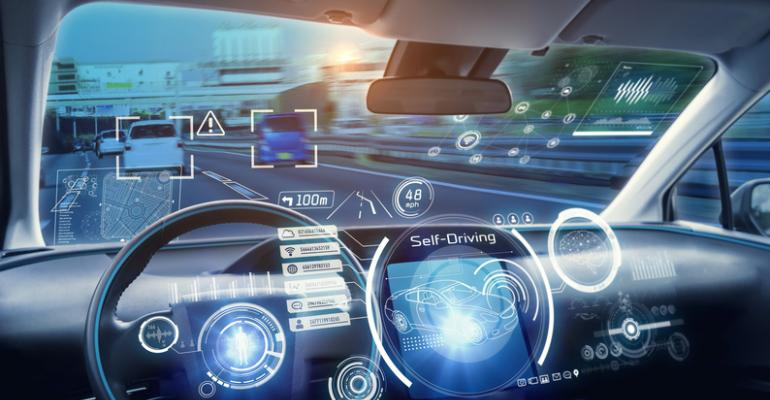No shopper goes into a car dealership looking for a vehicle devoid of safety features and that will be truer than ever in the year ahead, say industry insiders.
“Safety is an important buzzword today,” Michael Glassman, vice president of Glassman Automotive Group, tells Wards.
Some people want full safety packages that include the works from emergency automatic braking to cross-traffic backup detectors and lane-drift avoidance.
Others are OK with basic equipment, such as back-up cameras that have been federally mandated since 2017.
Either way, “enhanced safety is what everyone is after,” Glassman says. “That is such a given.”
So, safety sells. But it is up to the dealerships to explain the various features and how they work. The trick is to avoid turning a customer’s buying experience into a safety tutorial.
“Less is more in explaining how the features work, because it can be overwhelming and people are excited to get in their new vehicle and drive away,” Glassman says. “But afterwards is when they can learn more in detail.”
He’s referring to what is called in the auto industry as “the second delivery.” In other words, customers schedule a return dealership visit during which they are acquainted with the various safety features and how they work. Automakers urge dealers to conduct that so-called second delivery.
Customer demonstration drives once were mainly to get a shopper to choose a car.
Now, a demo drive is a great way for an accompanying salesperson to demonstrate how various safety features work, says Gonen Barkan, who heads technology for Arbe Robotics, an automotive radar system developer.
For the second year in a row, Arbe was a CES Innovation Awards Honoree, winning the 2023 nomination for its 360° Radar-Based Perception Solution that moves beyond imaging to provide an integrated analysis of the complete vehicle surroundings in long range.
It’s easy to show advanced driver-assist systems such as lane-keeping assist and adaptive cruise control on a test drive, says Barkan, formerly the radar-development lead for General Motors.
It’s trickier (and certainly more jolting) to ask customers on demo drives to get into a perilous situation so they can see how automatic emergency braking works.
Barkan worked at GM when it introduced its Super Cruise, a semi-autonomous hands-free driving system that debuted on Cadillacs in 2017.
“On test drives, it’s ‘Look Mom, No Hands,’” he says. “It’s kind of a freaky experience, but it demos the equipment. It takes a few minutes to trust the system.”
Many modern safety systems are camera-based, but Barkan says advanced radar systems with high-resolution imaging are better.
“Cameras are limited if there is fog, glare, snow, rain or poor lighting,” he says.
“Cameras alone don’t do it (when it comes to a full safety coverage),” Barkan adds. “Radar is 10 times better, and all drivers expect their safety equipment to work.”
Customers expect safety features will enhance their driving experience and well-being, not just in extreme emergency situations, he says.
Affordability of technology is vital – customers don’t see safety equipment as a “luxury feature” but instead a key factor in their lives, according to Arbe.





